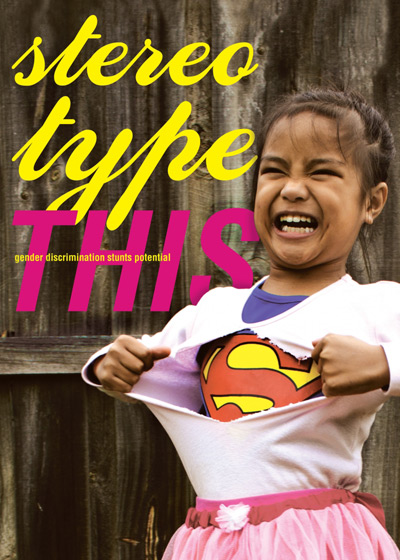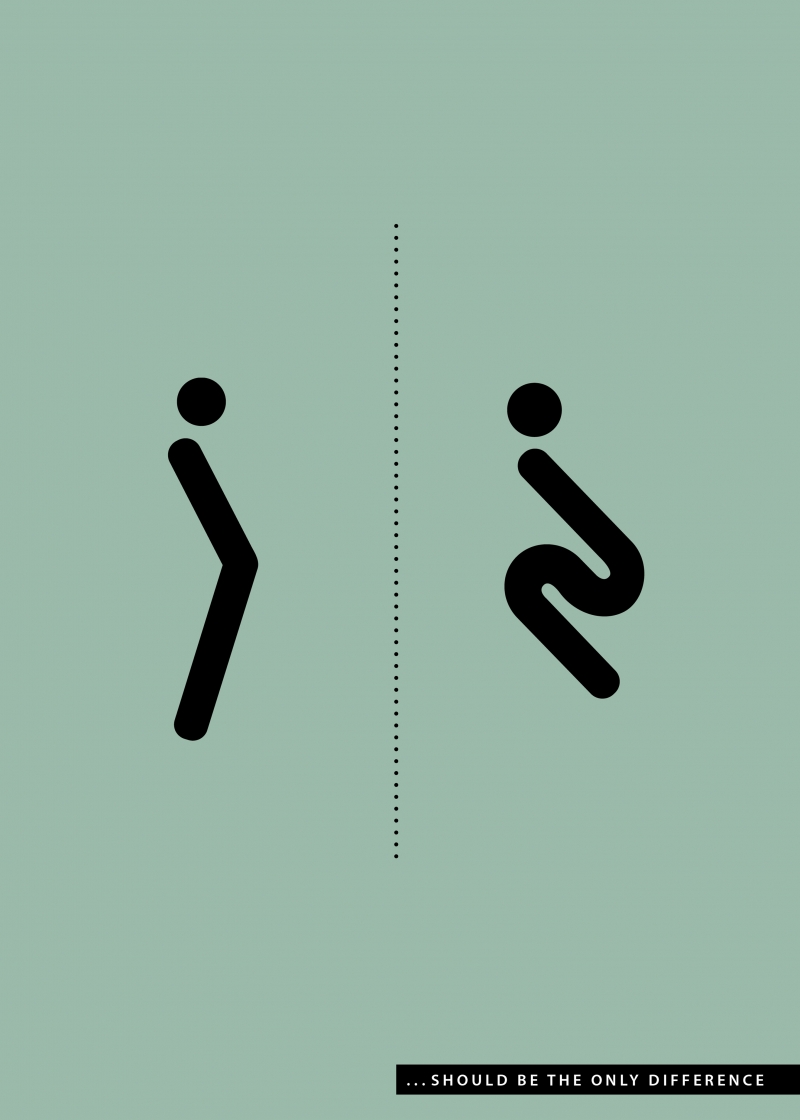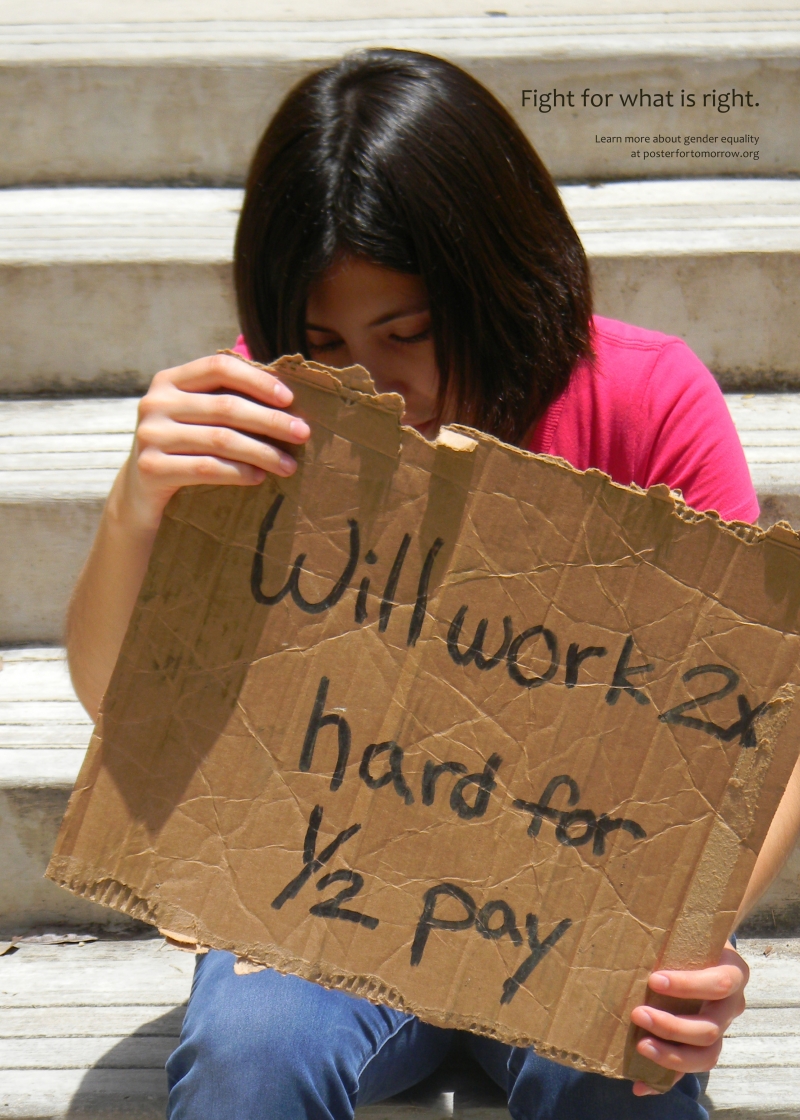As political change ripples through the Middle East, it’s a great time to remind ourselves of how far we’ve come (and how far we’ve left to go) in the quest for equal rights for all genders.
Which is why it’s been especially delightful to complete remote judging of Poster For Tomorrow [posterfortomorrow.org], a remarkable annual design competition whose winners for this year’s theme of gender equality were announced earlier in December.
Submissions, open to designers around the world, were due by 10 July 2012; two phases of judging took place over 50 days, between July 20 and September 10.
Co-founder and organizer Herve Matine, of Paris, France, has an ambitious approach: have 50 judges each consider over 3,000 posters. But that’s the Poster For Tomorrow formula. Every year, Herve organizes this competition with the goal of empowering designers to aid global social justice — so I was very proud to be asked to jury.
My practical fears of having to judge 3,000 entries were calmed when I saw the online judging interface: perhaps the best I’ve seen. And he mitigates the weakness caused by a lack of discussion amongst the judges by allowing us to see what others have chosen.
Judging from the over 3,000 submissions, the power of posters as vehicles of social change appears to be alive and well in the hands and minds of the next generation of designers. Amongst the entries were true gems of creativity, colour, typography, passion, and brilliance, including many messages that instantly motivate and educate. These designs reassure us that the march to true gender equality as part of our common belief for a just society is in good hands.
The top 10 posters were published in a book and exhibited around the world on Poster for Tomorrow Day (December 10). The top 100 posters earned a free copy of the catalogue. In addition, 10 designers (as chosen by the jury) were awarded a subscription to the graphic design magazine Etapes, and 10 designs become part of the permanent collection of some of the world’s top design museums including our Canadian Museum for Human Rights. The other museums: Center for the Study of Political Graphics (US), Dansk Plakatmuseum (Denmark), Design Museum Gent (Belgium), Graphic Design Museum (The Netherlands), Lahti Poster Museum (Finland), Les Arts Decoratifs (France), Museum für Gestaltung, (Switzerland), Wilanow Poster Museum (Poland), Victoria and Albert Museum (UK).
So whether you’re interested in taking part in next year’s competition, or seeing the amazing winning work, visit the website.
Meanwhile, if you’d like to share your examples of design doing good, please contribute to our Do Good Flickr feed.
Reviewed December 19, 2012


